As the development of new generation sources of energy becomes more accepted within the world today, solar power has been a widely adopted means in the reduction of electricity bills. Nevertheless, the economics of the solar energy has disparities among countries due to several reasons that include the presence of sunlight, reasons for encouraging its use, prices of energy, and the market cost of installation. In this article, however, the average monthly electric bill with solar panels in various countries is examined which would, in turn, helps in determining the savings and viability of solar energy in other countries or regions.

United States
The US is one of foremost countries in the use of solar energy, as there are numerous benefits at a federal and state government level. The Household Energy Consumption in the US is fairly high, with most households averaging up to 877kWh monthly Of course, with installed solar panels, the normal utility costs may reduce so badly, to an average of 50 or even nil in states with high solar irradiance with California Arizona and Nevada being used for examples. Such figure varies depending on the solar system deployed and the household's consumption. Still, most of the residents with solar panels on their rooftops manage to spend 70% - 100 % less on their electric bills.

Germany
Germany has always played the leading role in using solar energy and possesses perhaps the highest imaginable solar energy per capita in the world. Photovoltaic installations face some limitations, as the country has less solar radiation than some other countries, but strong locals incentives and expensive grid make solar power plants a profitable business. The average power usage in Germany (per capita) is approximately 300 Kwh per month. Nonconventional electric systems are expected to cut electricity bills by 60-80%, with monthly charges of €30 to €50. The benefit is quite enormous owing to the fact that electricity consumptions are at high levels since Germany’s Electricity tariffs are among the highest in Europe.
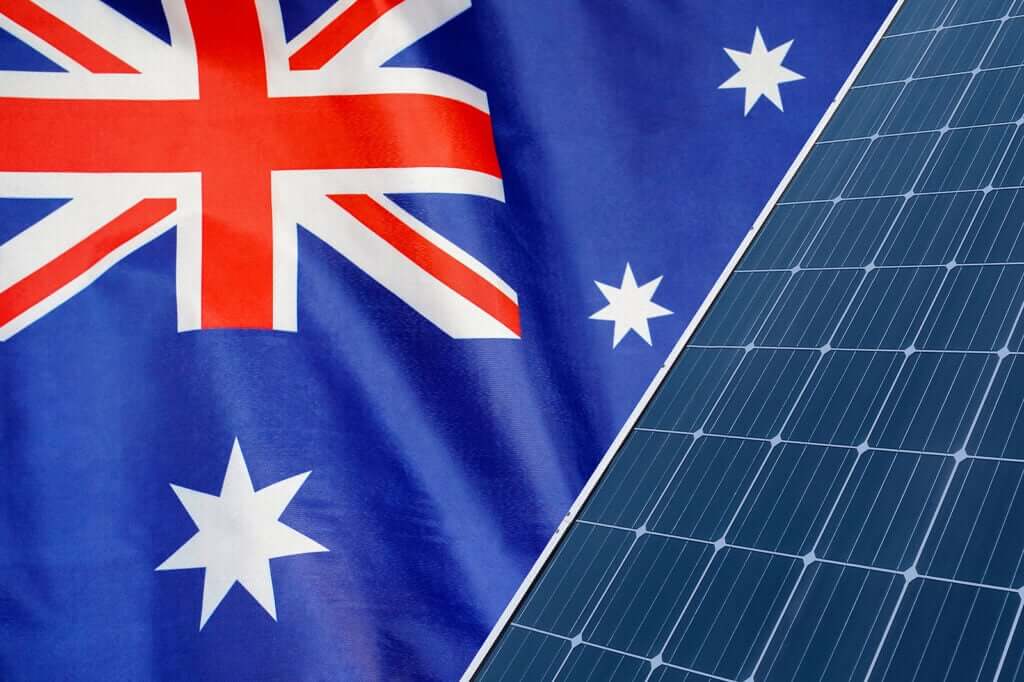
Australia
Australia is referred due to the large amount of sunshine that coupled with wind energy creates a niche for solar energy. The country has the highest consumption of solar panels owing to incentives from the government and falling cost of installations. In Australia, the average electricity usage of a household comes to about 600 kWh in a month. When solar panels are installed in a house, one can expect the electricity level to fall to between AUD30 to AUD50 depending on the size of the system and patterns of energy usage in the house. Rest assured that in some situations, solar panel systems do not get fully utilized and they create some form of excess radiation and electricity that goes back into the electric grid system which reduces costs through feed in tariffs.
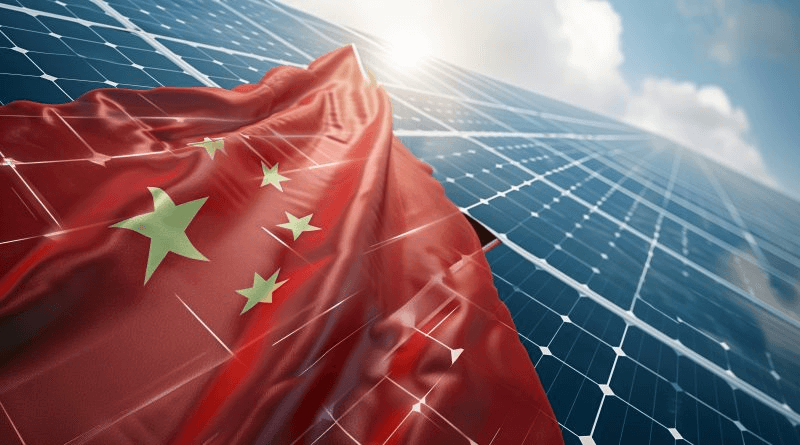
China
As the top manufacturer in solar panels worldwide, China is raising its solar PV deployment at a storming rate. Nevertheless, the typical electricity consumption of Chinese households is still meager, roughly 100-300 kWh per month. Solar panels alone can cover all the households' needs of electric utilization in most regions where bigger solar irradiance is experienced. The total monthly electricity costs based on other solar plants from the region are reported in the range of ¥30 under normal conditions while it can go as €60 or more. All of this is supported by government policy, with various subsidies and assistance programs aimed at promoting solar energy.
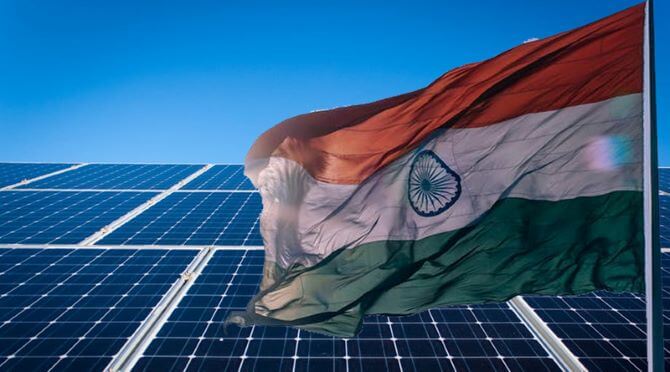
India
Like many other countries, India has a lot of opportunities for solar energy because of its sheer geographical area and high solar insolation. In Indian homes, the average electricity consumption is around 90 kWh/month - still, this varies greatly in urban versus rural areas. Solar panels offered commercial structures may bring bills as low as INR200 to INR 850 – reduction in monthly outlays. There are a number of incentives offered by the Indian government including tax rebates, grants, etc, which lowers the energy cost considerably as a result of utilizing solar energy. In areas where sunlight is usually stable, the use of solar panels would nearly eliminate the electric bill.
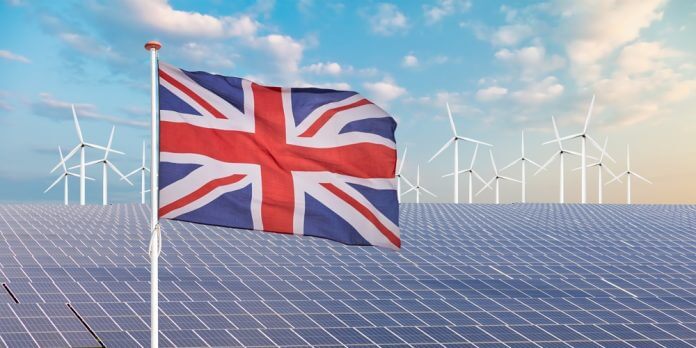
United kingdom
Although the United Kingdom is not as favorably positioned as sunscreen countries, solar panels may still prudently be utilized in cutting the cost of electricity consumption. The average household monthly electricity consumption in the U. K. is about 300 units. With the solar panels, up to 60% or 40% of electrical bills can be avoided ,which translates into normal average expenditure of 20 to 40 pounds. It is also truthful that the UK government subsidizes solar through a Smart Export Guarantee which again pays residents for the surplus energy exported back to the grid.
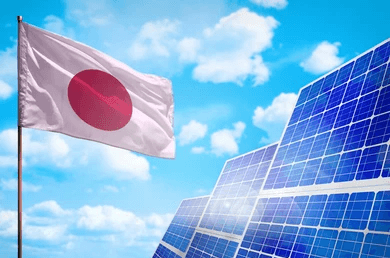
Japan
The solar energy capacity in Japan has been on the rise, given the government’s input and the need to minimize dependency on other countries for energy. The average household monthly electricity consumption in Japan is about 300 kWh. With the help of solar panels, the monthly bill could go as low as 4000 yen (almost 2600 rupees), from levels as high as 8000 yen (approximately 5200 rupees) extending to about 60% of the account. In addition to these payments, one, in the form of a Feed-in Tariff (FiT), permits them to sell the surplus electric energy to the grid and it cuts the actual effective monthly expense.

Brazil
Brazil is well endowed with a high solar energy potential because of its large and varied topography within the Earth. Energy consumption by households is close to 170kWh in each month. People living in the regions with a high solar irradiance such as in the Northeast region, it is possible to save 70% to 90% of the monthly electric bill by installing solar panels. The average ranges with solar panels might be between BRL30 to BRL50. The rising installation of Solar has got demand from the climate together with support from the government clean energy policies which tend to encourage the use of Solar.
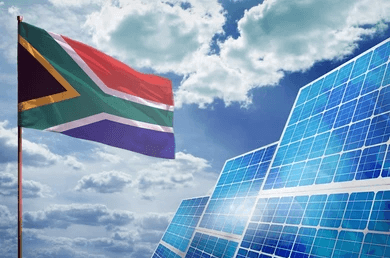
South Africa
Due to the high solar energy available in South Africa, the country is ideal for harnessing solar energy. However, the average electricity consumption for the household is about 350kWh on a monthly basis. And in case you have those panels, the monthly expenditure would go down by as much as 80% of the energy bills with the consumptions in the ZAR 200-ZAR 400 range. In order to encourage the use of solar energy, the government of South Africa has provided different incentives and also solar panels have become a means of saving costs due to the increase in electricity tariffs.
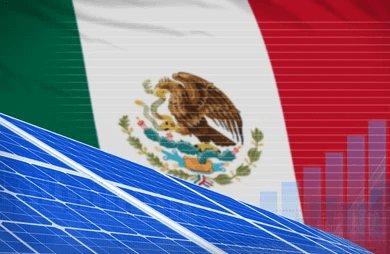
Mexico
Due to the high solar irradiance especially in the northern parts, Mexico has a lot of potential for solar energy. The consumption of electricity by a household is about 200 kWh a month on average. Installation of solar panels enables a reduction of the electric bill by 60% to 80%, leading to a cost fluctuation between approx MXN 150 and MXN 300. There are many initiatives undertaken by the Mexican government in order to promote solar energy and the cheapening of solar power implementations is making this genuinely practical in reducing electric bills.
Through the arrays of countries that utilize the solar panels, the average monthly electric bill with solar panels mainly differs due to factors such as availability of sunshine, government support programs, electricity market tariffs, and the costs incurred for the installation. The first step of investing in the solar panels is probably the most cumbersome process ever, but the returns offset electric consumption expenses which are a great advantage for households owning solar energy. Natural gas and coal are most common sources of electricity in standard households and this increases a lot where solar incentives are strong as the rate of inflation reaches very high figures.















